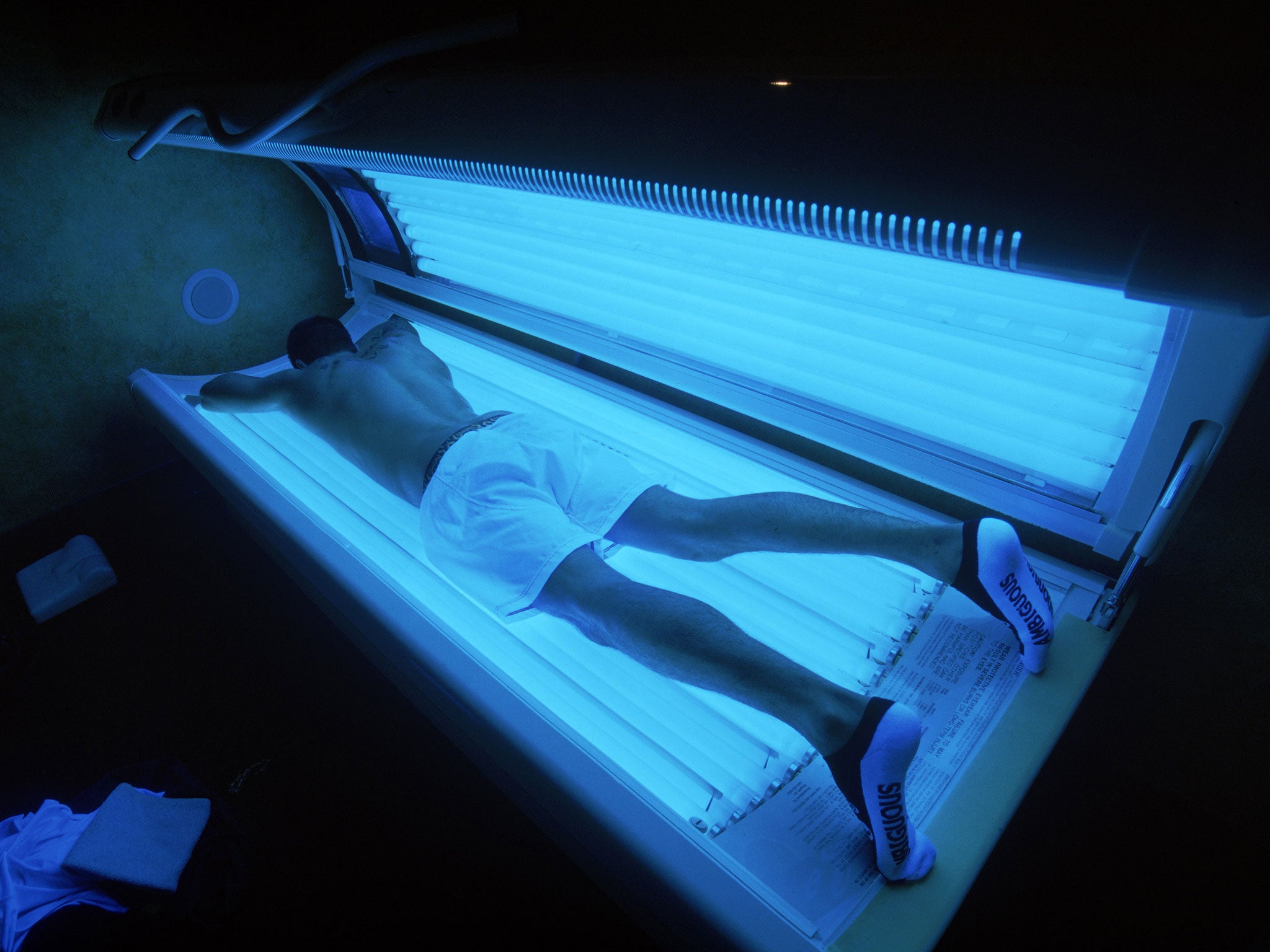Tanning beds can harbour herpes and faecal bacteria, expert warns
Sun bed users also risk developing cancer

Your support helps us to tell the story
From reproductive rights to climate change to Big Tech, The Independent is on the ground when the story is developing. Whether it's investigating the financials of Elon Musk's pro-Trump PAC or producing our latest documentary, 'The A Word', which shines a light on the American women fighting for reproductive rights, we know how important it is to parse out the facts from the messaging.
At such a critical moment in US history, we need reporters on the ground. Your donation allows us to keep sending journalists to speak to both sides of the story.
The Independent is trusted by Americans across the entire political spectrum. And unlike many other quality news outlets, we choose not to lock Americans out of our reporting and analysis with paywalls. We believe quality journalism should be available to everyone, paid for by those who can afford it.
Your support makes all the difference.If the risk of cancer wasn’t enough to put you off UV tanning salons, an expert has now warned that the beds can host bacteria and viruses, including herpes.
Sexually transmitted infections can be passed from person to person through unprotected sex and genital contact, and herpes can also spread to parts of the body where there is a cut or break in the skin, according to the Herpes Association.
Dermatologist Dawn Marie Davis, MD, an associate professor of dermatology and pediatrics at the Mayo Clinic, told Yahoo Health that bacteria and viruses can be found alive on sun beds, despite the heat.
She explained that bacterium which lives on the skin is transferred on to the bed, which is then heated – but not enough to sterilise the surface.
“Then it [the bacterium] becomes stronger and hardier,” Davis said.
“Then if you sweat, that only adds to the bacteria or virus’s ability to grow, and then if you have a nick or cut in your skin, which is very common, then you’re much more likely to acquire the infection,” she added.
The staphylococcus bacteria, which can be life-threatening, faecal bacteria, the herpes virus, and papillomavirus, which causes warts, are all able to survive on a tanning bed.
Davis said the best way to avoid such infections is to stop using sun beds, and opt for spray tans instead.
According to Cancer Research UK, the use of UV sun beds significantly increases the risk of developing malignant melanoma, while the World Health Organization has warned that “UV radiation plays an important role in the development of skin cancer, cataracts, and other eye conditions, and suppresses the immune system.”
Last month, the French government took action against the potentially dangerous devices, by drafting a law banning the promotion of sun beds and the advertisement of UV tanning salons.
Join our commenting forum
Join thought-provoking conversations, follow other Independent readers and see their replies
Comments